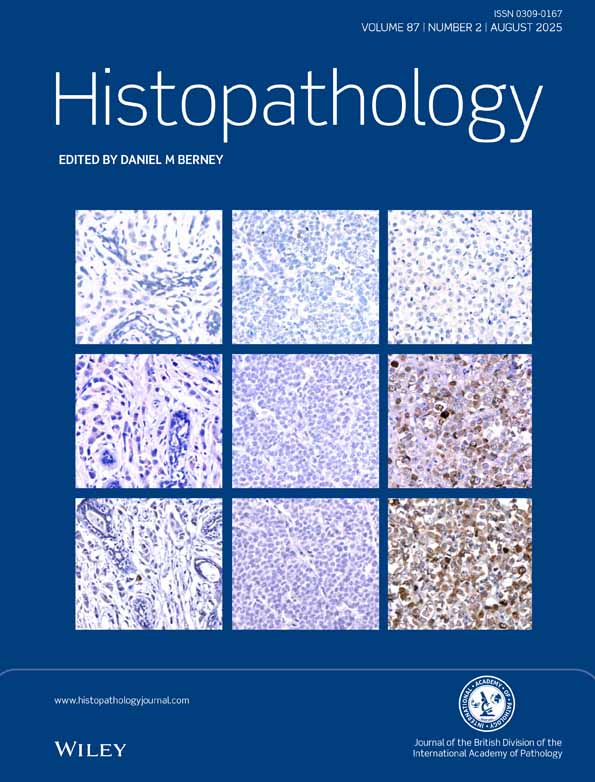Histological, genomic and clinical heterogeneity of clear cell hepatocellular carcinoma
Abstract
The aim of the study was to determine whether clear cell type hepatocellular carcinoma should still be regarded as a separate uniform diagnostic entity.
We retrospectively studied 118 cirrhotic patients with hepatocellular carcinoma treated by orthotopic liver transplantation, and 31 noncirrhotic patients with hepatocellular carcinoma treated by either liver surgical resection or transplantation. The pathology of all liver resections was reviewed. Microsatellite instability was performed on paraffin-embedded samples at loci located on chromosomes 2p, 3p, 5q, 8q, 9p, 13q, 16q and 17p. Among the 118 cirrhotic patients, 10 (8.5%) had a clear cell hepatocellular carcinoma; these had clinical characteristics and prognosis similar to the other cirrhotic patients. No genetic alterations were detected in these tumours. Among the 31 noncirrhotic patients, one (3.2%) had a clear cell hepatocellular tumour. This 170-mm tumour had a lipid density on computed tomography, and its histology resembled chromophobe cell renal carcinoma. Furthermore, this tumour had unusual genomic alterations, with microsatellite instability in 6/8 chromosome loci.
Clear cell hepatocellular carcinoma is a heterogeneous entity in which a chromophobe cell subtype should be identified.




